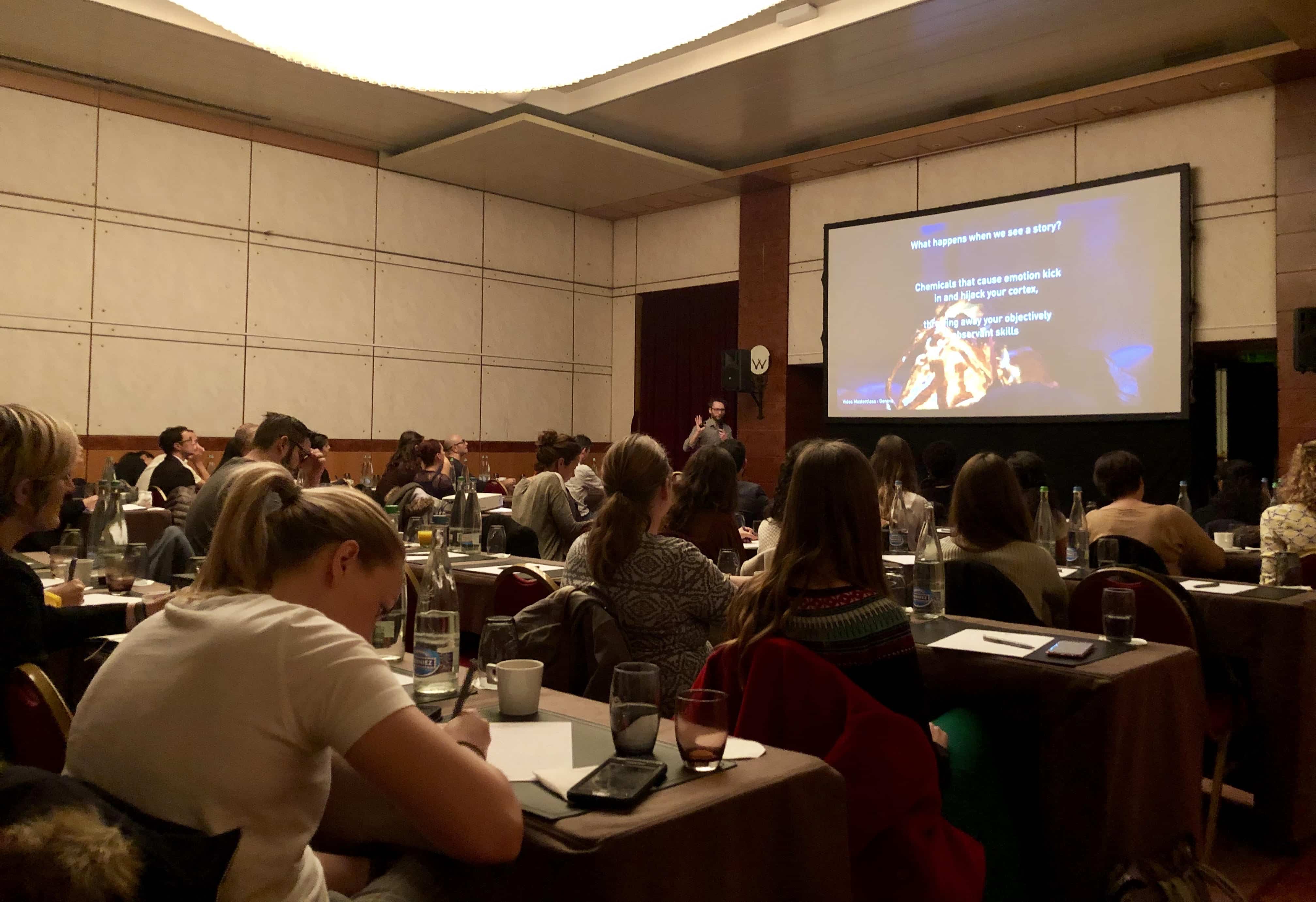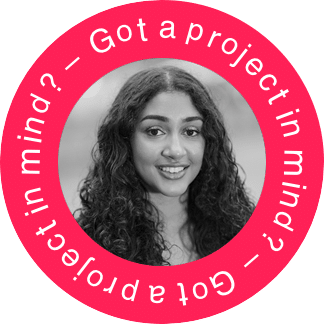
“Great event, very informative and engaging! Thank you!” Iwona, Unicef
“Very interesting and enjoyable event. The content and structure were very straight to the point, easily digestible and enjoyable. Very well put together.” Charlotte, Union for International Cancer Control.
“Everything was GREAT! Very interesting, informative, interactive :)” Anteia Win, Doctors without borders
Talking video marketing in Geneva
This is just some of the feedback from our recent video marketing workshop for international NGOs and UN agencies in Geneva. It was a great turnout to hear our MD, Jon Mowat share his insights into how video can power up not-for-profit brands’ marketing messages.
Video marketing is one of the top ways to elicit behaviour change in audiences and so it’s a no-brainer for non-governmental agencies and non-profits to use video. Jon acknowledged that NGOs already use video well. There are so many examples of fantastic content; the powerful film below for Unicef is one which we often cite as an example of harnessing the power of video.
The next video uses the weight of influencers to bring the UN’s global goals to life.
The video below by BRAC University hooks into Mental Health Day and sets up a social experiment to celebrate the importance of listening with an emotional twist at the end to keep viewers engaged.
Competing for attention with video
But NGOs’ content is vying for attention in the crowded space, and ultimately the stakes are high because these organisations aim to make a real difference to people’s lives. Not-for-profits must not only, create amazing content that engages their existing supporters via owned channels, but also, mobilise earned and paid channels to reach new audiences.
Where do INGOs start with video marketing?
Where do NGOs start? It can really help to go back to basics and understand why video, and especially mobile video, is so effective for marketers.
We’re programmed to be attracted to moving images; it was important for our ancestors to notice moving animals as either a food source or a sign to run and hide. Storytelling was also important; people would tell stories around the campfire, sharing knowledge, for instance, about what was unsafe to eat. The more emotional these stories were, the more they would stick.
Move right up to the 21st century and mobile phones have almost become an extension of ourselves; adults check their phones every 7.5 minutes on average. When we click on our mobiles to watch a film, it feels like we have ownership over it. Thus we value it more.
All in all, a well-crafted video can really help to make a connection with your audience, which in turn will help you build your brand and get your messages across. (For more detail on all this, check out Jon’s book, “Video Marketing Strategy”).
The presentation then shared the different types of content (hero, hub, help, action) which would work throughout the supporter journey. Jon also shared his formula for creating effective video content and ensuring it is seen by the right people at the right time.
Jon and Duncan Burgess, our Director of Client Services, really enjoyed the session and judging from all the feedback our audience did too, requesting further sessions.
“I really enjoyed the presentation and the examples provided… Thanks a lot for sharing with us all the insights and experience of video marketing and planning. I would definitely like to join more events organised by Hurricane.” Xinyue, UN Environment
What’s next?
If you work for an NGO and would like advice on video, or if you would like Jon to run a workshop or speak at your next marketing event, do get in touch. We’d love to chat.


